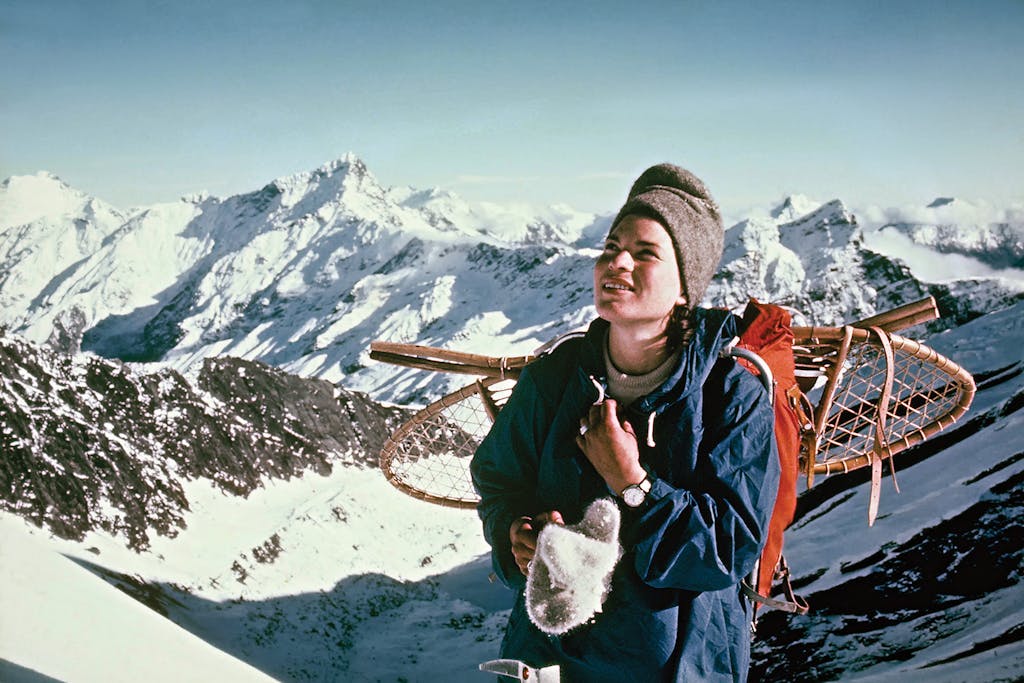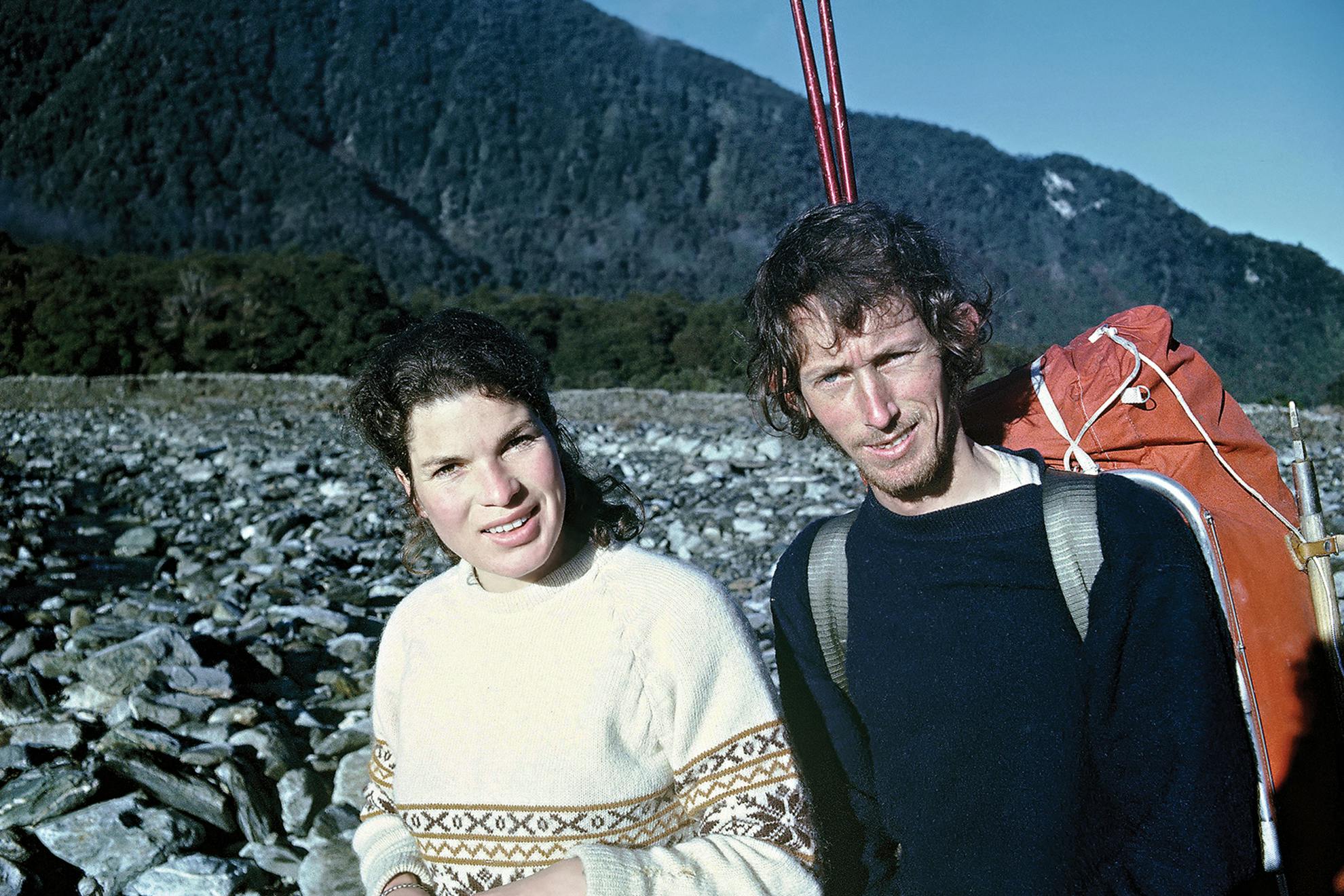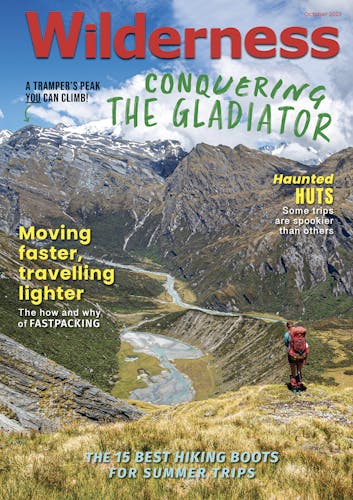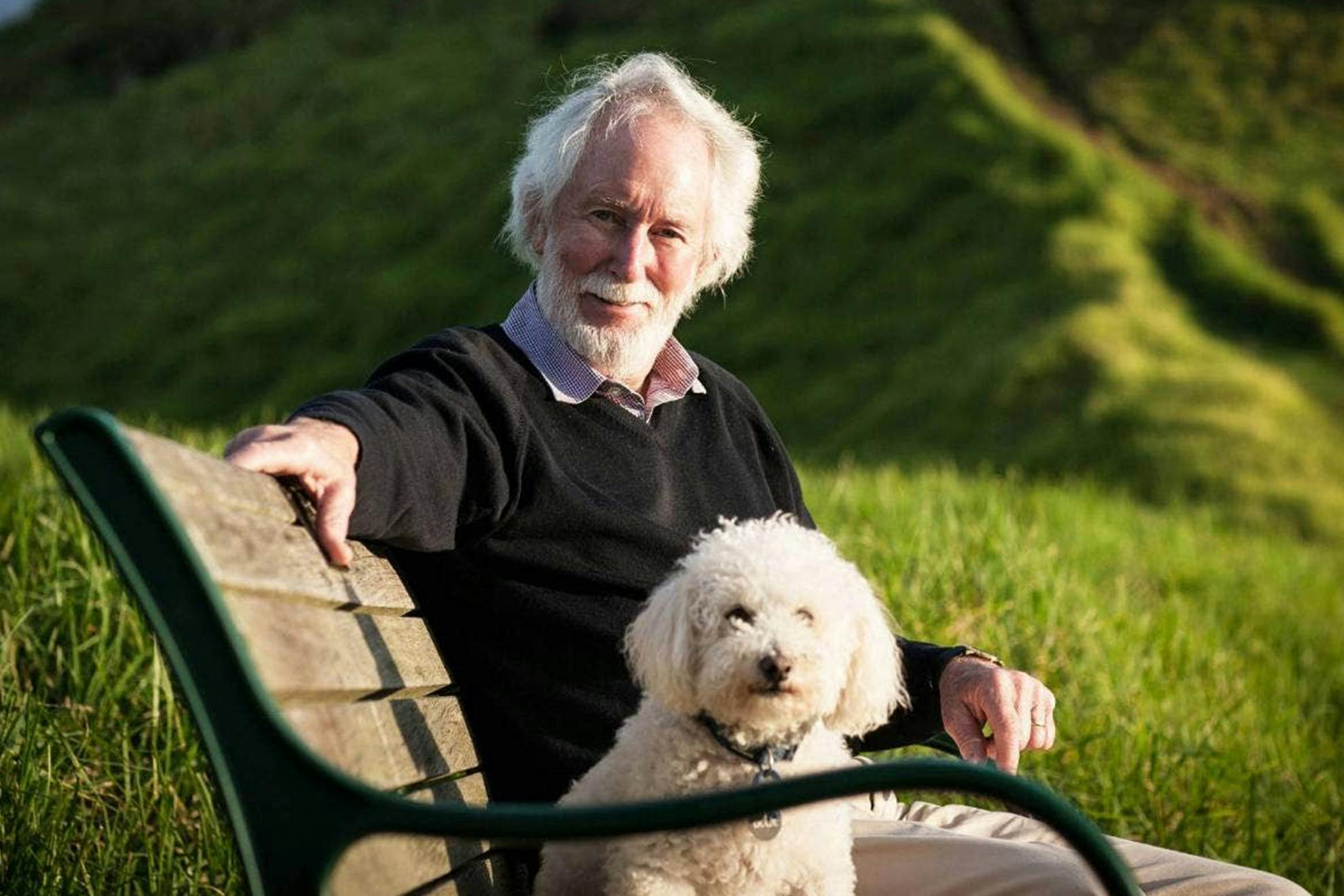In his early years, Sir Graeme Dingle was an unlikely hero. But the skinny teenager punched above his weight by setting ambitious goals. Over five decades, thousands of Kiwis would catch his passion for wild places.
On August 6, 1971, two climbers snow-shoed towards the ridgeline. Kea cried overhead. Tahr whistled a warning. Climbing in crampons to what they hoped was Fyfe Pass, they noticed the weather worsening. A searing wind whipped long plumes of snow off the ridge. Graeme Dingle whispered to his companion: “I don’t particularly like the look of this slope. You wait here while I go and check it out.’’
Suddenly he was thrust backwards by the force of the avalanche. Twisted like a rag doll, Dingle was cartwheeling down the snow slope, end over end, while his mind was processing it all in slow motion. He was carried over a drop until the downward dive slowed, his red pack ripped from his back, ice axe buried. Dingle had fallen some 300m above the Spencer Glacier. Incredibly, he was uninjured, albeit very shaken. The 25-year-old was lucky to survive this freak avalanche; this brush with death. It reminded him he was human and fallible and that, in the mountains, small errors of judgement can prove fatal.
Growing up in Gisborne and the Hutt Valley as a painfully shy child, the young Dingle was bullied.
He recalls: “As a teenager, I was a skinny, weak little kid who used to faint at every standing event. One day I read about Cyclone Sinclair who ran across the Tararua in the record-breaking time of seven hours and 16 minutes. I was incredibly inspired by that, even though I wasn’t a particularly strong individual. In the studio where I was working, I wrote in my little red book: break Cyclone Sinclair’s record.’’
Aged 18, he ran over the Southern Crossing, beating the record by 45 minutes. At 20, he set another goal: to run the length of the Tararua Range in under 20 hours. He did, and his self-confidence flourished. Dingle credits his success to establishing clear objectives. “I just started setting audacious goals. At one point I wrote: ‘be the first in the world to climb all six of the European North Faces in one summer’.’’ This he did – with Murray Jones – in 1969. The achievement gave the young Kiwi alpinists a big reputation and earned them huge respect.
Dingle’s hero was the legendary Walter Bonatti who had made the first complete ski traverse of the European Alps in 1956. So his next hare-brained scheme was to do a full traverse of Kā Tiritiri-o-te-Moana / the Southern Alps in winter. His companion was 26-year-old Jill Tremain from the Hutt Valley Tramping Club. Tremain was a fashion artist in Wellington, and she had acted in the iconic Mountain Safety Council movie Such a Stupid Way to Die. She had also climbed Aoraki / Mt Cook three times, including participating in the first all-women traverse.

During the winter of 1971, Dingle and Tremain completed the first traverse of the Alps. They walked, skied and climbed from the Milford Track to Nelson Lakes, from where they canoed down the Wairau River. But this was not a normal thru-hike, nor a proverbial walk in the park. In Fiordland, the pair crossed Ōmanui / McKinnon Pass, Gertrude Saddle, and descended Gifford’s Crack in abysmal conditions. In Otago, they crossed Harris Saddle, Cascade Saddle and Rabbit Pass, all frozen and lethal. In Canterbury, they were trapped inside Pioneer Hut for a week, and at Murchison Hut for 12 days. For 90 per cent of the journey, they suffered atrocious weather that made their wilderness excursion an endurance epic. It is remarkable that they survived.
At the conclusion of their 100-day journey, Tremain contrasted their wilderness sojourn with the ‘real world’ they were returning to: ‘We lived from a billy. Fire and nightly shelter were our only real requirements. To me, the world of everyday life seemed even more complex and cluttered by unnecessary possessions. Our whole civilisation appeared to be shallow, insincere and devoid of substance. Man seemed to have forgotten what is really necessary for survival and what is really important to life.’
Three years after the traverse, Tremain joined a female team climbing the high Himalaya. Along with another New Zealander and two Indian women, she attempted to climb a 7000m peak near Nanda Devi. Tragically, all four women were swept to their deaths in an avalanche. Dingle was heartbroken.

Tremain’s influence on Dingle was significant. During their traverse, she told him that ‘he was a selfish, boring person who was obsessed with climbing mountains’. As a direct result of this conversation, Dingle founded the Outdoor Pursuits Centre, now known as Hillary Outdoors, in 1972. The centre continues to challenge young people more than 50 years later.
Though imperfect and disjointed, Dingle and Tremain’s pioneering journey showed other New Zealanders what was possible. It set a high benchmark. Dingle’s account of their odyssey, Two Against the Alps, has inspired dozens of Kiwis to embark on similar expeditions over the past five decades.
To date, Dingle has written 11 books, and achieved more than 200 mountaineering and adventuring ‘firsts’ throughout the world. These exploits include an incredible 1100km sea, mountain and river traverse from the South Island to Auckland with six convicts; a new route on the West Ridge of Everest; and a two-stage, 28,000km transit of the Arctic Circle. He has also embarked on several Antarctic expeditions and came second overall in the inaugural Coast to Coast endurance race.
He was knighted in 2017, adding to his many honours and accolades, including an MBE for services to outdoor pursuits. He had already been made an Officer of the New Zealand Order of Merit in 2001 for his services to youth, plus the Award of New Zealand for services to sport and recreation. Every year, the Graeme Dingle Foundation works with around 26,000 youth aged 5–18.
This pioneer had gone above and beyond the self-absorbed, egocentric peak-bagging and hard-nosed, dispassionate attitude of many mountaineers, repurposing his determination and drive to serve the wider community. He has striven to share his love of the wilderness with young New Zealanders and to nurture them on their own life-changing adventures.
This is an excerpt from Ray Salisbury’s new book, EPIC: Adventures across Aotearoa. Expected to be published in November 2023, the 256-page anthology features 12 endurance epics by Kiwis. Buy it on the Wilderness store. Subscribers get a 10% discount.








